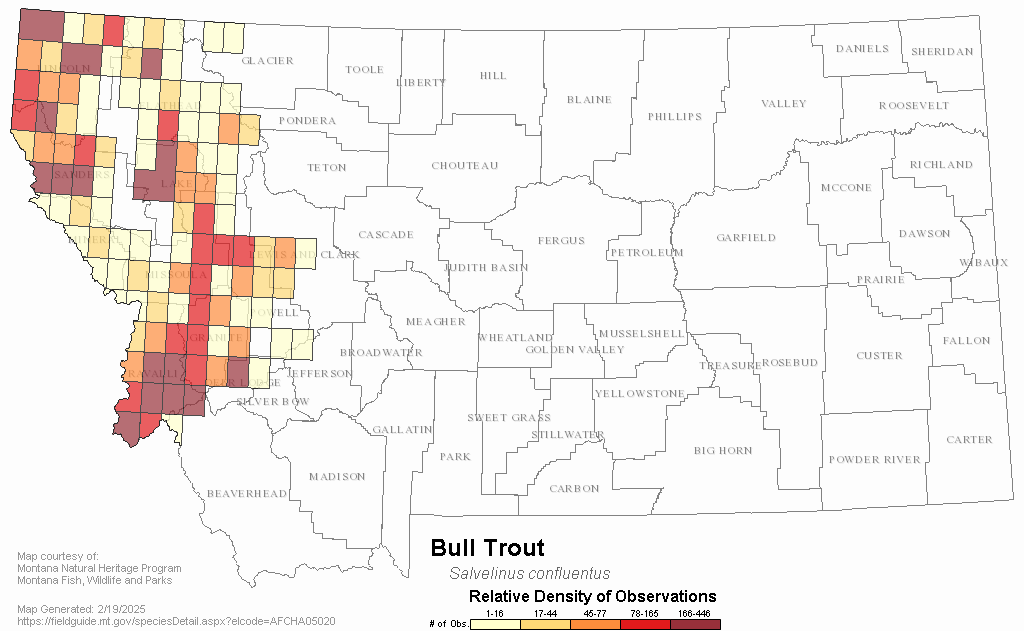What I noticed as I watched the film is how little I missed the traditional narration and accompanying soundtrack. Komers captures these “acoustic soundscapes” to go along with the visuals, which are greatly enhanced by his considerable acumen behind the camera thanks to his years of experience as a cinematographer. The sounds are vivid enough to capture your attention, with an abstract musicality that can be hypnotizing at times.
I found that the absence of a narrator allowed the viewer to become an impartial observer, free to draw their own conclusions as to the meaning of what they were seeing. Some of the sights I recognized throughout the film were shots of the M&M sign, The Legion Oasis, the Clark Fork Watershed, the State Prison and various snapshots of everyday life in the region. There was a billiards scene in the Legion that garnered quite a few laughs, an injection of humor I wasn't quite expecting.
 In another review of the film in the Missoulian, the author seemed very upset that the film did not tell the story of Milltown in particular. As Komers explained to the audience during the Q&A session, the title is meant to be generic, to describe any region that has been through the growing pains of the industrial age. He explained this by relating a tale of coal mining in his native Germany, where the towns have similar problems with pollution and mining. My personal interpretation was that the film seemed like it was intended to be a snapshot in time, a cultural portrait with minimal bias. The film was only 30 minutes long, but managed to capture the essence of many aspects of life in Montana in that short time.
In another review of the film in the Missoulian, the author seemed very upset that the film did not tell the story of Milltown in particular. As Komers explained to the audience during the Q&A session, the title is meant to be generic, to describe any region that has been through the growing pains of the industrial age. He explained this by relating a tale of coal mining in his native Germany, where the towns have similar problems with pollution and mining. My personal interpretation was that the film seemed like it was intended to be a snapshot in time, a cultural portrait with minimal bias. The film was only 30 minutes long, but managed to capture the essence of many aspects of life in Montana in that short time.The region around Butte has the distinct privilege of having two films made about it in a short period of time. Milltown, Montana may not have the historical scope of the much acclaimed Butte, America, but it offers a more intimate portrayal of everyday life in post-industrial Montana. The two films compliment each other, one telling the story of the past, the other showing how residents deal with the repercussions of that past, from an outsiders perspective. Komers has a talent for being the outside observer, presenting a way of life without the usual editorial spin. I would consider Montana lucky to be included in his impressive body of work.
For a complete listing of Komers film work, visit: http://www.imdb.com/name/nm0464624/
-Guest Blog by Aaron Briggs
Montana Tech Professional & Technical Communications Student



